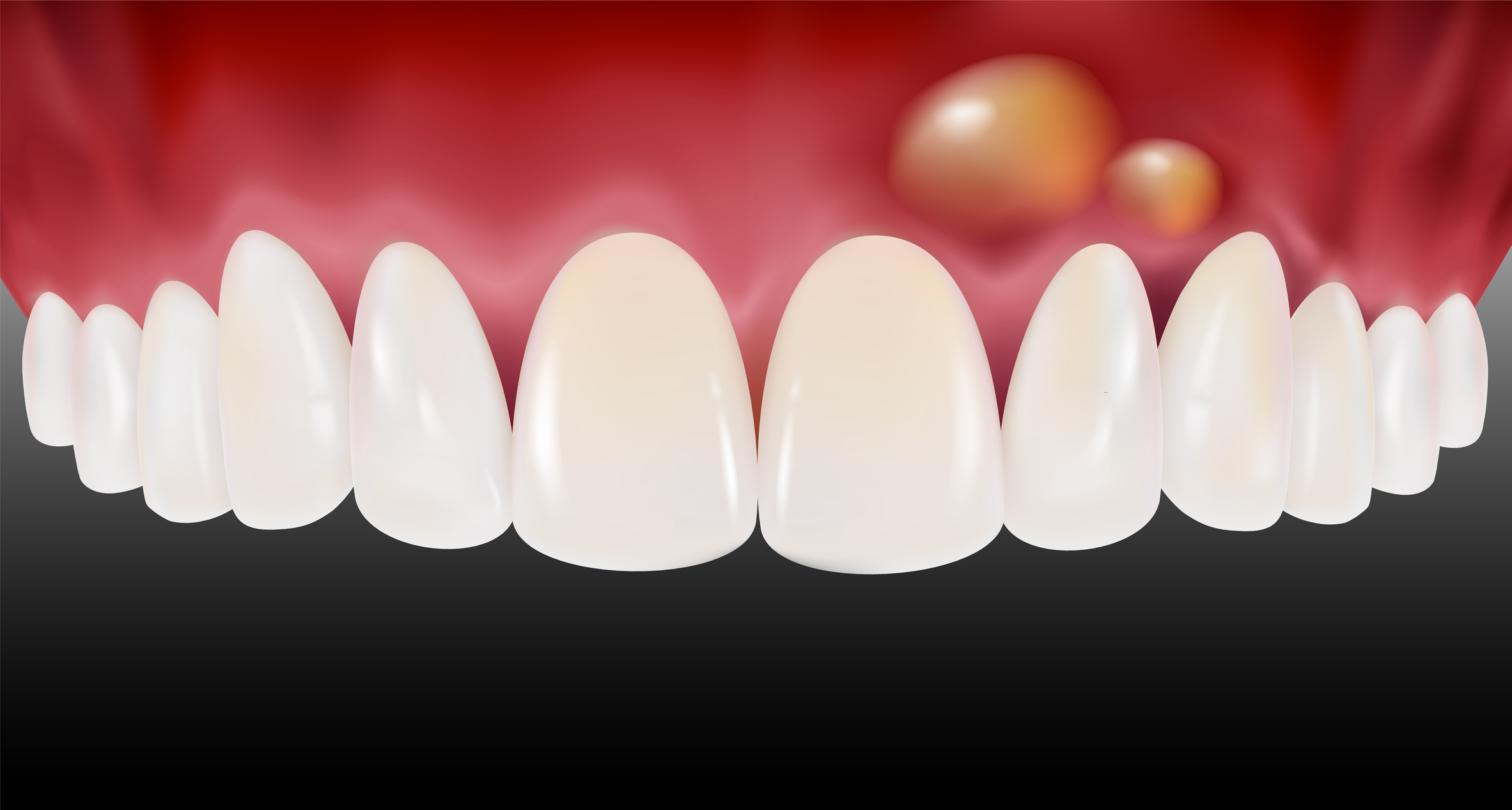Bioinspired Nanotherapeutics for Managing Periapical Bone Inflammation
TECHNOLOGY NUMBER: 2024-524

OVERVIEW
Nanotherapeutics using synthetic HDL for managing dental bone inflammation
- Provides safer, more effective drug delivery than traditional dental treatments
- Treats pulp inflammation, bone lesions, and periodontitis in dentistry
BACKGROUND
Apical periodontitis (AP) is a prevalent dental condition caused by pathogens infecting the dental pulp tissue, leading to inflammation and bone resorption. Historically, its treatment has focused on chemo-mechanical decontamination using materials introduced years ago, such as calcium hydroxide and zinc oxide–eugenol. Despite their widespread use, these treatments face limitations including toxicity and insufficient efficacy in completely eradicating infection. The need for an improved method is evident, as AP affects 50% of the global population, with over 15 million root canals performed annually in the United States alone. As such, a need exists for a new type of intervention that is both effective and safe in managing this widespread dental issue.
INNOVATION
This invention leverages synthetic high-density lipoprotein (sHDL) as a novel nanotherapeutic for managing dental (alveolar) bone inflammation. One advantage of this approach is that sHDL exists as an endogenous molecule, making it inherently biocompatible and safer than traditional materials. Additionally, sHDL can be loaded with lipophilic drugs like antibiotics, enhancing its efficacy in eradicating infections. The formulation can be used for irrigation of the affected bone and potentially be embedded into hydrogel materials for more precise delivery. Potential real-world applications of this invention include treatments for pulp inflammation, bone lesions, and gum disease (periodontitis), offering a safer and more effective alternative to current dental treatments.
ADDITIONAL INFORMATION
INTELLECTUAL PROPERTY:
Provisional Patent 63/659,707